Open Rhinoplasty vs Closed Rhinoplasty
There are two primary technical approaches: Open Rhinoplasty, and Closed Rhinoplasty. Both place incisions within the internal nostril region, and the Open Rhinoplasty approach adds an inconspicuous incision (a few millimeters) on the undersurface of the columella (between the nostrils). Closed Rhinoplasty may be more beneficial when minor changes are in order and may allow for a shorter surgery and recovery. The most appropriate Rhinoplasty incisions will be selected based on the required structural modifications.
Rhinoplasty Alternatives
Is there a minimally invasive Rhinoplasty? For the vast majority of candidates for Rhinoplasty, the maneuvers described will most often be required. There is, however, a role in certain circumstances for injectable hyaluronic acid fillers, such as Juvederm or Restylane, for enhancing nasal aesthetics. These alternatives are additive only, are not permanent, but they can often last for up to a year and sometimes longer, giving a non-surgical alternative for selected individuals that can be maintained with the occasional touch-up.
Related Procedures
Can I combine Rhinoplasty with other aesthetic procedures? Yes! Combining Rhinoplasty with other facial procedures, such as chin augmentation or facial fat transfer, can create a more balanced and harmonious facial appearance.
The Cost of Rhinoplasty
As each patient, their anatomy, and their aesthetic goals are unique, so is the cost of a Rhinoplasty procedure. Costs include facility fees, anesthesia, surgeon’s fees, and the level of correction necessary to achieve the desired result. We will be happy to discuss costs and financing options during your consultation.
Rhinoplasty Recovery, Results, and Aftercare
Following your Rhinoplasty New York patients will be cared for by our registered nurses in our recovery room. You will go home with a friend or relative when you are fully awake and comfortable, generally one to two hours after the completion of surgery.
The first 48 hours - We recommend sleeping on your back in an elevated position and cold compresses and light ice packs applied to the affected area to minimize bruising and swelling around the eyes. A low-sodium diet of soft and bland foods will also help keep swelling and bruising to a minimum.
One Week - The primary swelling resolves in about one week, and most go back to work or school around this time. When more structural sculpting is required, eight days is common. With tip refinements only (without osteotomies), return may be as early as five days after Rhinoplasty.
Two Weeks - After Rhinoplasty surgery, the initial recovery period typically takes about two weeks for visible bruising and swelling to diminish.
Three Months and Beyond - At three months post-surgery, swelling in the upper third of your nose will have diminished, giving you a preview of your final results. While certain results are visible immediately, the final result becomes evident approximately six to twelve months after Rhinoplasty.
You will be seen by Dr. Kolker in follow-up periodically following rhinoplasty. After splint removal at five to seven days, you will be seen at 12 weeks and 12 months after your nose job. Dr. Kolker and his staff will always be available to assist you with any questions or recovery-related matters following the procedure.
The complete healing process can take up to a year. During the immediate recovery, patients may experience bruising, swelling, and a congested feeling that most often resolves within the first week after rhinoplasty surgery.
Dr. Kolker suggests that light activities only be undertaken for about three weeks. Light cardio, including stationary bike, elliptical, and walking, may resume as soon as the external splint is removed (five to seven days). Unrestricted activity resumes three weeks after rhinoplasty.















































